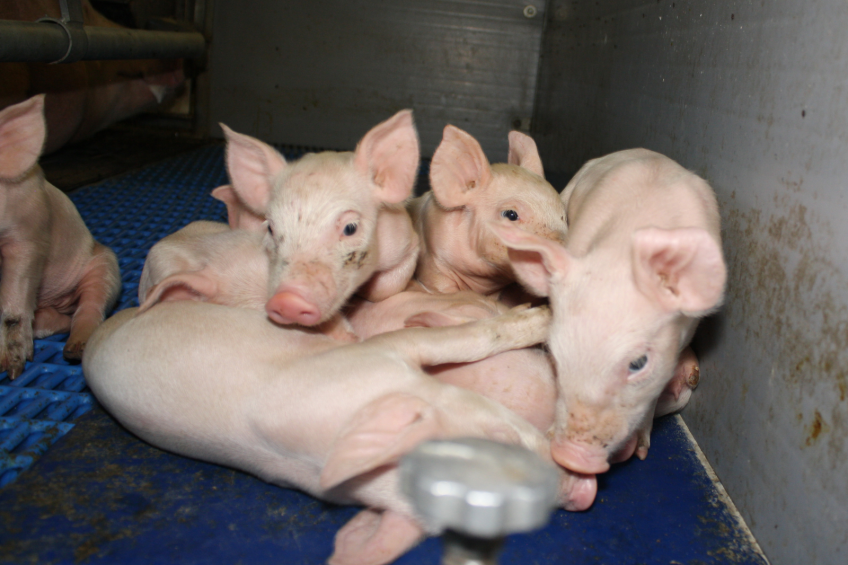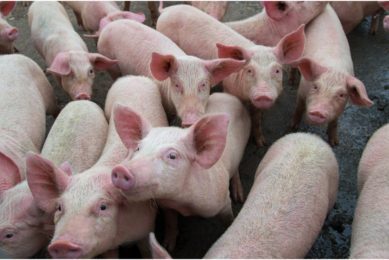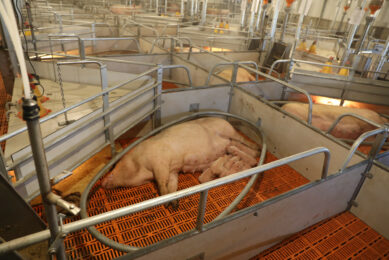Mixing litters prior to weaning affects piglet behaviour

Mixing litters of piglets prior to weaning may be beneficial from a welfare perspective, combined Australian and Scottish research suggests.
The scientists used the term ‘socialising’ for the mixing pre-weaning. They reached their conclusion on the basis of a behavioural difference at weaning, when comparing piglets that had been socialised and piglets that had not.
The researchers aimed to test whether piglets socialised with non-litter mates pre-weaning would show less aggression during mixing at weaning (when piglets are taken from their sows and mixed in group housing), and whether socialisation influenced the time budgets or behavioural expression of piglets at weaning.
In total, 353 piglets were followed from birth through to one week after weaning. Piglets from 24 sows were allowed to socialise in groups of four litters (‘socialised’ treatment group) from 10 days of age; litters from nine sows were followed as controls. Socialised piglets were monitored to determine the prevalence of cross-suckling. Body weight was recorded at birth, prior to weaning and one week after weaning. Continuous video footage was collected for 1.5 days after weaning for behavioural analyses.
There was no difference in the body weight of socialised pigs compared to control pigs at weaning or one week after weaning. Quantitative scoring of behaviour revealed no significant difference in aggression displayed between treatment groups or between the sexes; however, compared with overall averages, a greater proportion of socialised males spent time lying, and a greater proportion of socialised females were investigating. Qualitative behavioural assessment (QBA) was used to assess the body language of pigs during an active period (the middle of the day after weaning).
Observers reached consensus in regard to their assessments of pig behavioural expression. Two main dimensions of behavioural expression were identified, which accounted for 41% and 19% of the correlation between pigs. There were significant socialisation treatment effect on both dimensions, with socialised pigs more likely to be described as ‘sleepy’/’tired’ or ‘content’/’relaxed’ than control pigs (described as more ‘active’/’curious’ or ‘aggressive’/’dominant’). Because socialising piglets had no effect on bodyweight pre-weaning, and there was a low occurrence of cross-suckling (2.9 ± 6.5% of piglets recorded suckling), socialisation was not disadvantageous.
On the contrary, the behavioural difference at weaning suggests socialising piglets may be beneficial from a welfare perspective.
The article was authored by Talia Morgan, John Pluske, David Miller, Teresa Collins, Anne L. Barnes, Francoise Wemelsfelder and Patricia A. Fleming. The study appeared in the journal Applied Animal Behaviour Science.











